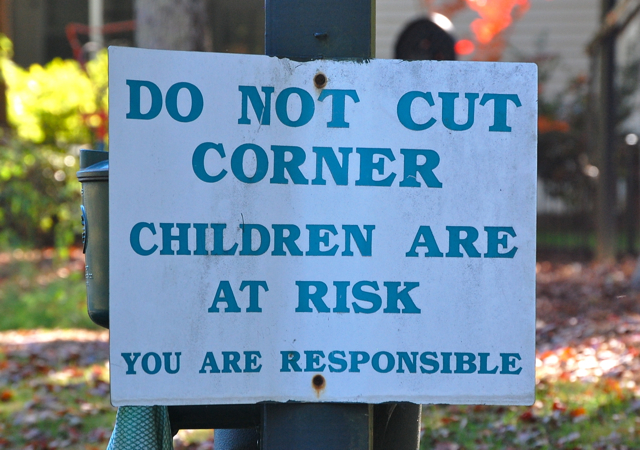Active Rain is a web site frequented mostly by real estate agents but also by those interested in real estate issues. Occasionally, the site will publish an article targeted to those looking to purchase a home. One recent such article shared the results of a survey of real estate professionals about what “hidden gems” often go unadvertised and are not included in the listed prices of homes for sale.
The most valuable hidden gem is “Hardwood floors under the carpet”; more than 82% of agents said this was a moderately to extremely valuable hidden feature. It recalled for me the time in the early 1980s when my wife and I purchased a colonial home in Simsbury, CT, that was way underpriced. When we visited
























